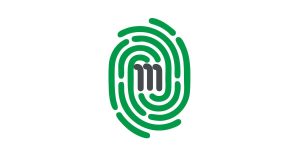Double-entry bookkeeping has long been heralded as a way to avoid errors by requiring that debit amounts equal the credit amounts. With each financial transaction, double-entry bookkeeping requires there be at least two changes in the accounts. Not only does this method of bookkeeping reduce accounting errors but provides an accurate balance sheet for assessing financial health of your business.
The problem with double-entry bookkeeping, however, is that it can be very time consuming when done manually. When the method was first invented in the 13th century, it was designed to allow multiple users to track different sets of accounts, but also to cut down on mathematical errors. Many modern bookkeepers still like the fact that this method of accounting makes it easier to track credits and debits for specific clients, suppliers, inventory, and more.
Double-Entry in the Digital Age
Fortunately, many computer programs have been set up to make double-entry bookkeeping much easier. Instead of working with multiple ledger books, these programs just require the user to select which accounts are being debited and credited.
Instead of entering each account into a ledger book twice, an accounting software program can simply assign the same data to multiple accounts as a debit or credit. This reduces the likelihood that a number will be mis-entered, but it still keeps all of the advantages that come with double-entry bookkeeping. By assigning a transaction to multiple accounts, it is easy to run a report showing all of the transactions that have been performed with accounting software.
How Does Double-Entry Work?
For example, with a double-entry bookkeeping method, a client account would typically show a number of debits that would also be listed as income entries in a double-entry bookkeeping system. With computerized records, the software would automatically mark each of these entries as a debit for the client account and a credit in the company account. It isn’t necessary to actually enter the data twice, nor does a bookkeeper have to specify which account to debt and credit. The software program will simply record an income entry from the client into both accounts. When a report is generated about the client, each of the income entries will be shown as debits from the client account. Similarly, any refunds would show up as credits on the client account. In the event that a company needs to reconcile books for this particular client, this report can be very useful and quick to obtain.
A computerized accounting software program is often the best tool for a business owner to reconcile credits and debits to maintain a balanced sheet. Rather than struggle to learn correct bookkeeping notation with double-entry transactions, these programs can give you the advantage of the easy to read reports. There’s no reason to enter every transaction twice manually and risk making a mistake.


















Add comment